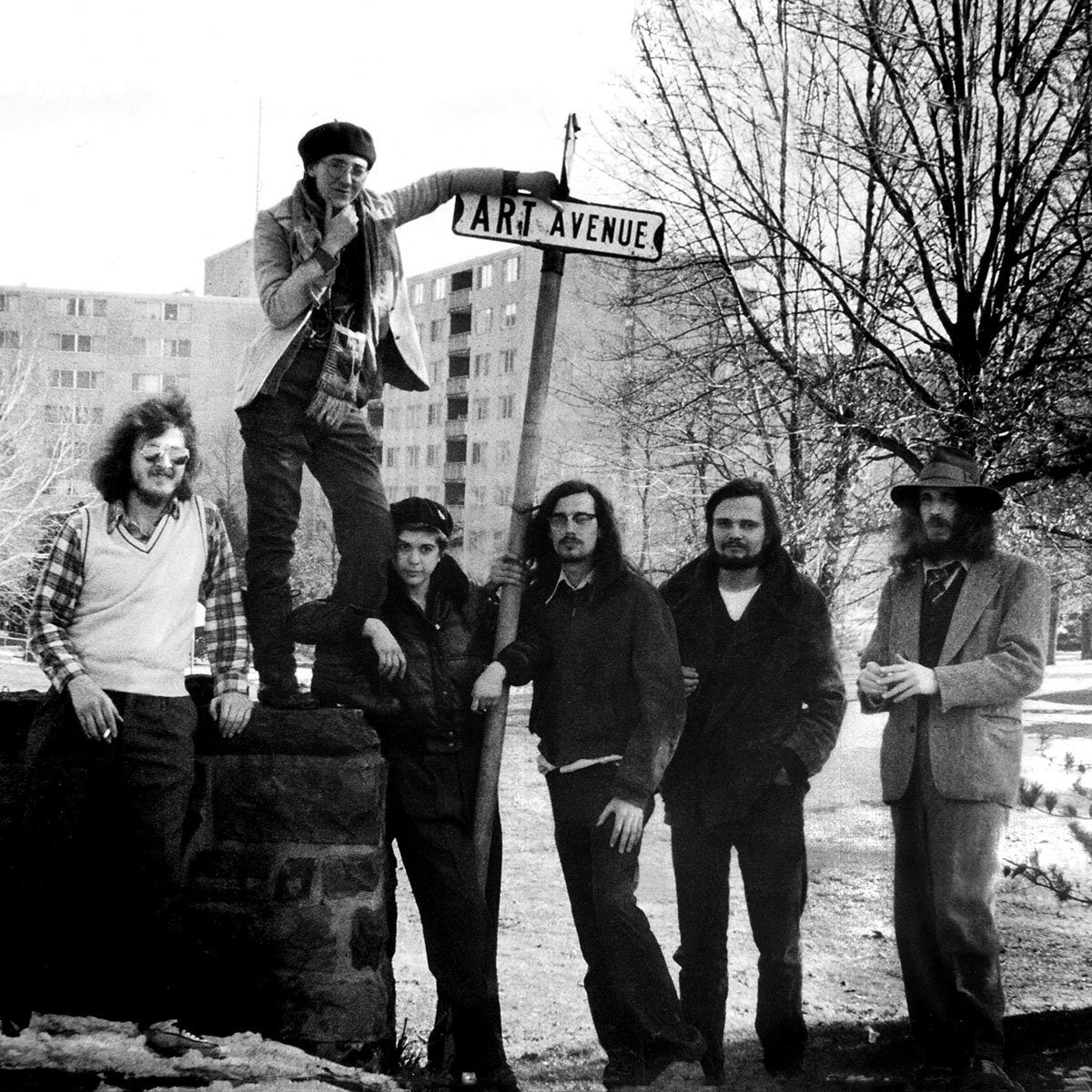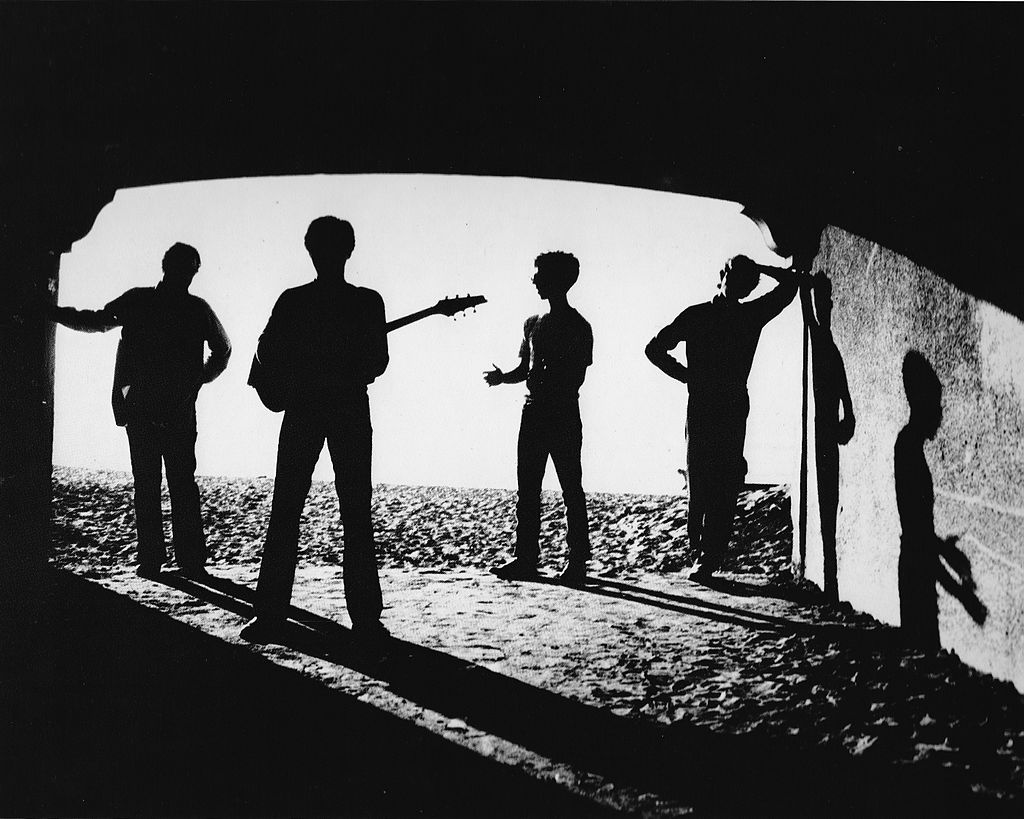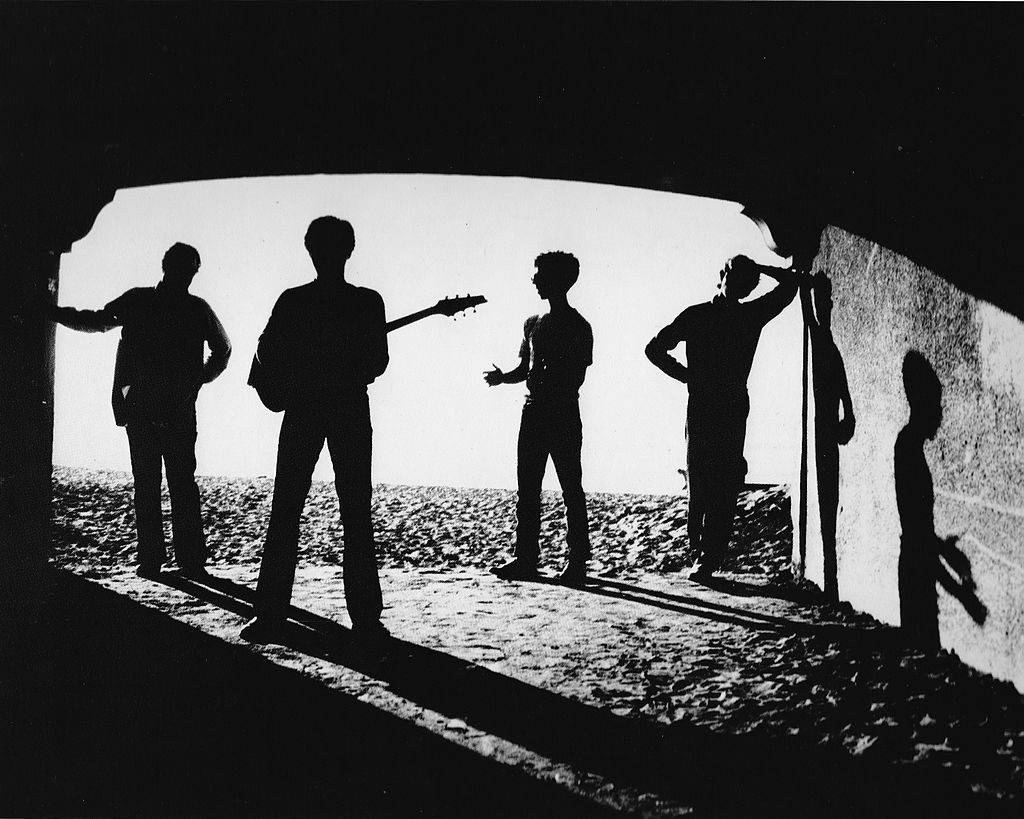PLAYING BLOOMINGTON: The Dancing Cigarettes

Whenever I tell people that I research the Bloomington punk scene, they are often surprised to learn about its existence and skeptical about its ability to be anything other than a small-scale replica of more famous scenes in larger cities. While Bloomington reacts to and against other punk scenes, what people are doing here is uniquely Hoosier, and often just downright weird. Bloomington’s cult-favorite experimental new wave punk band, the Dancing Cigarettes, is perhaps responsible for starting this tradition.
The Dancing Cigarettes surfaced on the Bloomington punk scene in 1979. While they were only active until 1983, they developed a local cult following of devoted Cigs. While their sound could be described most simply as experimental new wave, delving deeper can illuminate the threads that held such a unique group together: the signature goofy irony of their lyricism, the dissonant and abrasive saxophone line, and their choppy, unpredictable rhythms. With the Dancing Cigarettes, all of these components were strung together atop poppy, melodic lines on the bass, guitar, and/or keyboard, and then packed into meandering and disjointed song structures. The Dancing Cigarettes created a sound that was simultaneously confrontational, nonsensical, and infectious.
The Dancing Cigarettes were Michael Gitlin (guitar and vocals), Emily Bonus (bass and vocals), Tim Noe (keyboards, guitar, and saxophone), Jaclyn Oddi (keyboards), John Terrill (drums and guitar), and G. Don Trubey (saxophone and drums). Part of the band’s mystique is due to the fact that they never released a LP during their active years. One has to scramble across privately distributed cassettes, compilation albums, and live audio to listen to their discography in its entirety. By 1980, they began recording for Gulcher Records, Bloomington’s original D.I.Y. record label. In 1981, Gulcher Records released a compilation record, Red Snerts: The Sound of Gulcher LP. This album featured a number of local acts, including the Gizmos, Dow Jones and the Industrials, the Panics, and the Dancing Cigarettes. Again in 1981, The Dancing Cigarettes released their first 7” EP, also off of Gulcher Records. In 1981 and 1982, their music was included on Bloomington-based new wave cassette compilations. The Dancing Cigarettes released their first CD in 1996. The Dancing Cigarettes, The School of Secret Music included live and studio recordings from 1980-1983. Most recently, in 2002, Gulcher released an additional CD of 1980-1981 recordings and live performances.
The Dancing Cigarettes helped to establish a local scene of creative weirdos and outsiders. On the notes of their 2002 album, long time fan Carrol Krause explained the importance of the band to the larger scene. “It definitely wasn’t music that made it easy to hold your partner close while smoothly gliding across the floor. This music was meant for solo dancers. We invented new ways of dancing that accommodated the band’s staccato rhythms, using all four limbs to flail, spar, circle the dance floor, and stamp rhythmically.” Because their music was rhythmically unpredictable, it was easy to tell diehard fans from the newbies at live shows. Those who knew to anticipate the false stops and unexpected breakdowns would move their limbs accordingly. The Cigarettes performed in venues across town, most notably the Bluebird (which is still in business), and the Second Story (the upstairs of Bullwinkle’s, a popular bar that provided a safe space and catered to a primarily LGBTQ+ clientele).
While I doubt that anybody outside of Indiana has heard of the Dancing Cigarettes, locally, people still worship these punk legends. Earlier this year, I attended an art exhibition – The History of Indiana Punk told through Band Posters. The Dancing Cigarettes were one of the most well-represented bands at this event. Weirdo pioneers of a truly unique local scene, the memory of the Dancing Cigarettes is held close by those that were there to witness the magic in person and have since been lucky enough to participate in its fandom.




